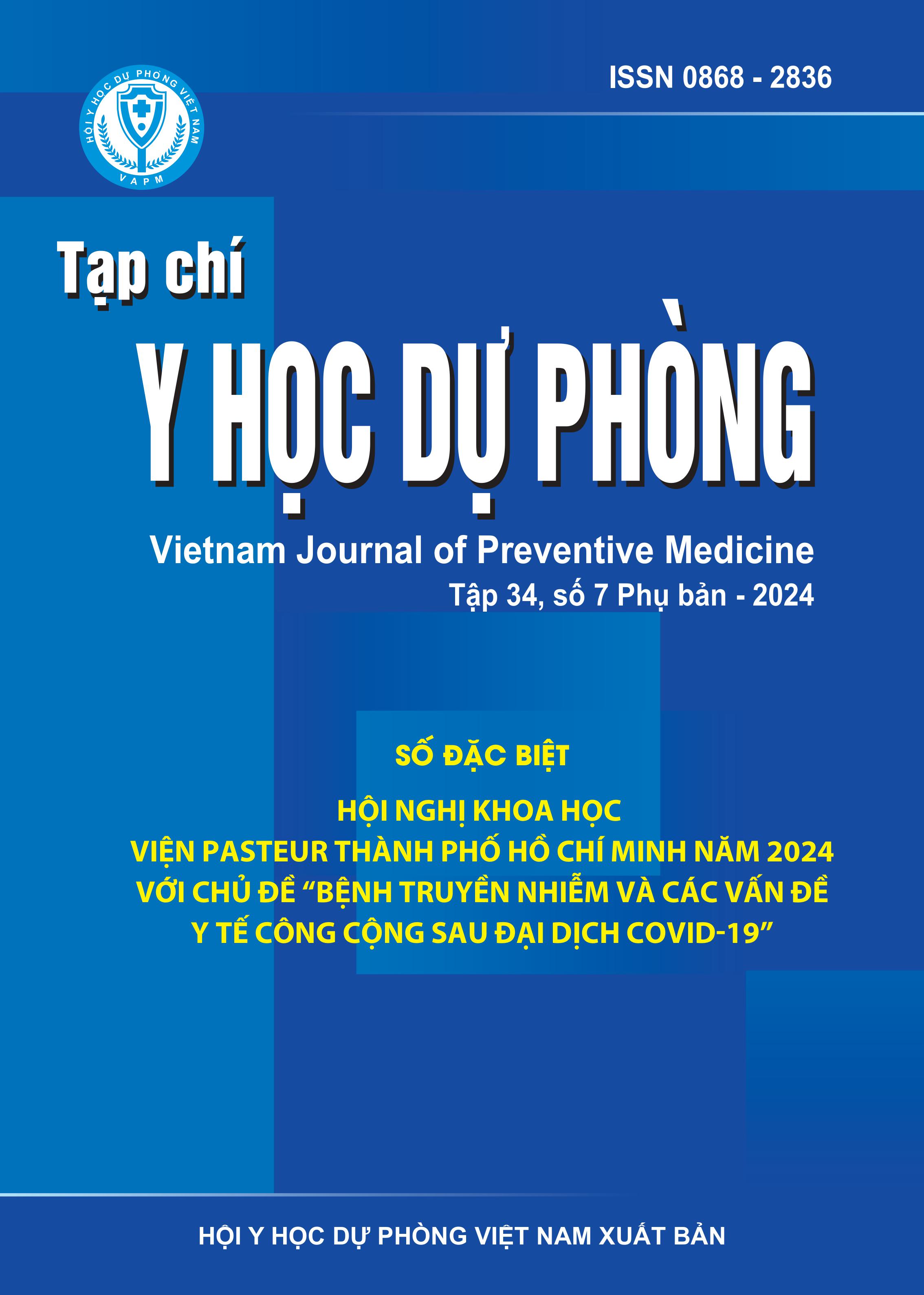Application of Comet assay to detect DNA damage in peripheral blood lymphocytes of wood workers exposed to formaldehyde
DOI:
https://doi.org/10.51403/0868-2836/2024/2025Keywords:
Comet assay, DNA damage, peripheral blood cells, formaldehydeAbstract
The Comet assay known as the singlecell gel electrophoresis (SCGE) is a simple, versatile, rapid, sensitive, widely used technique for detection of DNA damage and repair in a wide variety of cell and tissue samples. In Vietnam, the Comet assay is only used to assess sperm DNA damage for infertility treatment, and there have not been any studies in human biomonitoring to examine the effects on DNA damage in other cell types. In this study, we evaluated the Comet assay on peripheral blood cells under our laboratory conditions and applied the technique on samples from wood industry workers regularly exposed to formaldehyde, which is a genotoxic chemical. We evaluated DNA damage by using isolated lymphocytes which treated with H2O2 at different concentrations. The results show that there is a difference in comet images between negative control samples and positive control samples at H2O2 concentrations of 50 mM and 75 mM. The study also analyzed the level of DNA damage on 20 employees of a wood industry in Binh Duong. The median (min-max) result of tail DNA content (%) was 8.80% (4.62- 32.27%). We have performed the Comet assay under our laboratory conditions and this assay can be applied to populations exposed to other chemicals to detect the extent of DNA damage.
Downloads
Downloads
Published
How to Cite
Issue
Section
License
Publication License No 150/GP-BTTTT signed on May 8, 2014;
Electronic Publication License No 322/GP-BTTTT signed on June 15, 2016.


